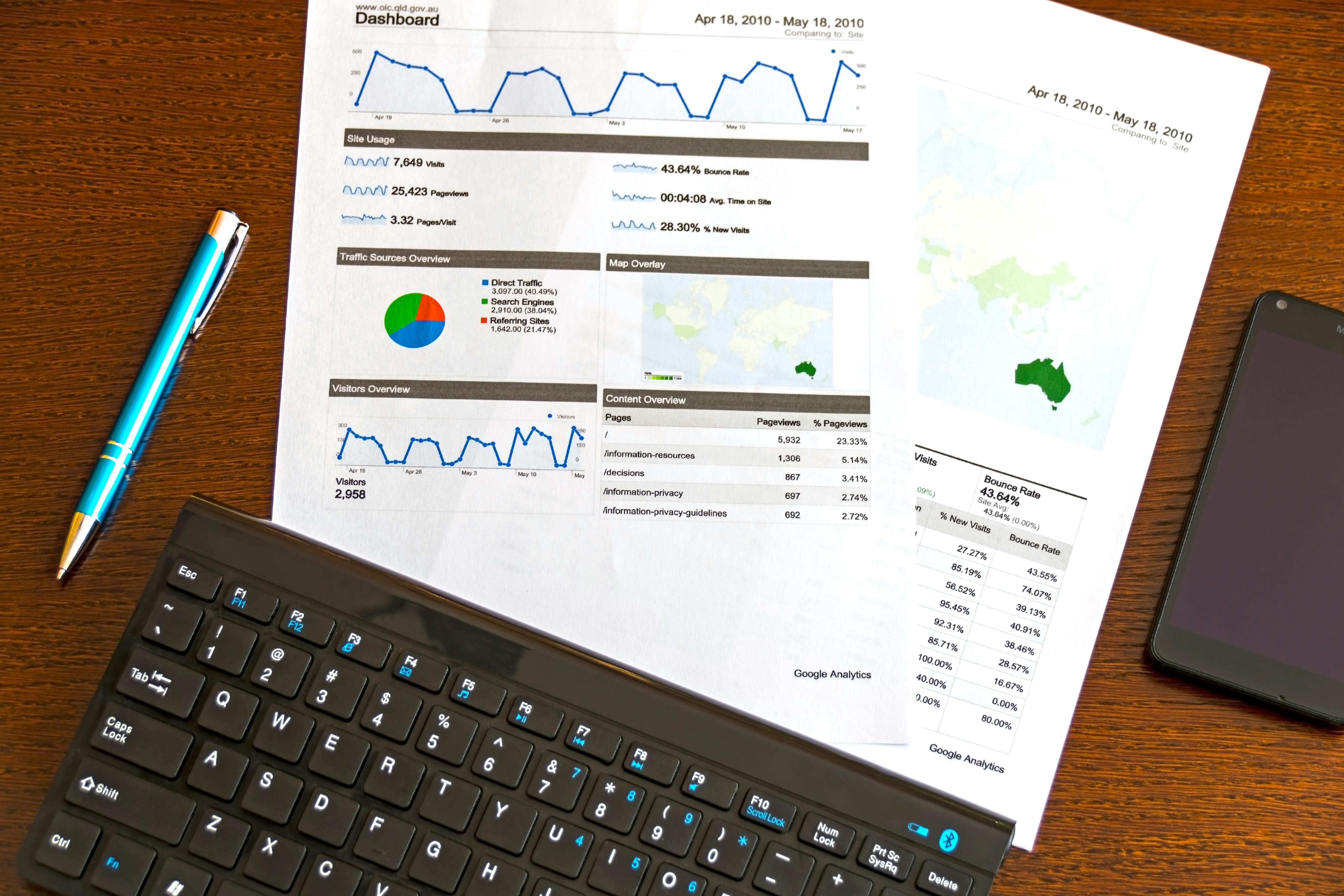In the previous articles, we explored the difference between KPIs and reports, and how to define KPIs that actually help you make better decisions. But reports deserve their own spotlight. When built with the right data and intent, they can reveal insights that change the way you do business.

Reports come in many shapes: a quick spreadsheet, a PDF summary, or a detailed presentation. But regardless of the format, what really matters is the information inside, and whether it helps you understand what’s going on and what to do about it. A good report has a purpose. If it doesn’t help you learn something or guide a decision, it’s just more noise.
Just like KPIs, a report starts with a question. But while KPIs track performance and trigger action, reports help you figure out what actions might work best. For example, maybe you already know who your top 10 customers are — but if you dig deeper and include details like industry, region, and company size, you might start to see patterns. Maybe your biggest customers are mostly in one sector or location. That’s valuable insight. You can then target similar businesses and potentially grow faster.
The level of detail in a report depends on the question you're trying to answer. Say you’re quoting lots of potential customers, but only a few turn into actual sales. A report that tracks how long each quote takes, the types of products quoted, and who the customer is can help you spot what makes a deal more likely to close. That’s when a report becomes more than a list — it becomes a tool.
Sometimes, you’ll need to build a report for a very specific investigation. Maybe a customer reports a quality issue. You might build a one-off report to look at similar past cases, production data, employee training logs, or delivery times. It may only be used once, but it can be the key to solving the problem. In these cases, speed and data reliability matter more than polished formatting or automation.
Of course, not all reports are one-and-done. Most businesses rely on recurring reports — weekly, monthly, quarterly — to track sales performance, team productivity, financial health, and more. The challenge? Many of these reports take hours to prepare, every single time. Often, it’s because the data is scattered across spreadsheets, different software, and disconnected systems.
That’s where a solid ERP like Nengatu makes a real difference. When all your data lives in one place — orders, customers, inventory, operations — you don’t have to chase numbers across files. You can build reports directly in the system, using consistent, real-time data, and automate them to run on schedule. Whether it’s a deep-dive analysis or a simple weekly summary, your team spends less time collecting data and more time acting on it.
In short, powerful reports aren’t about fancy layouts — they’re about relevant questions, clear data, and useful answers. With the right tools in place, reports can stop being a chore and start being a true driver of insight and action.